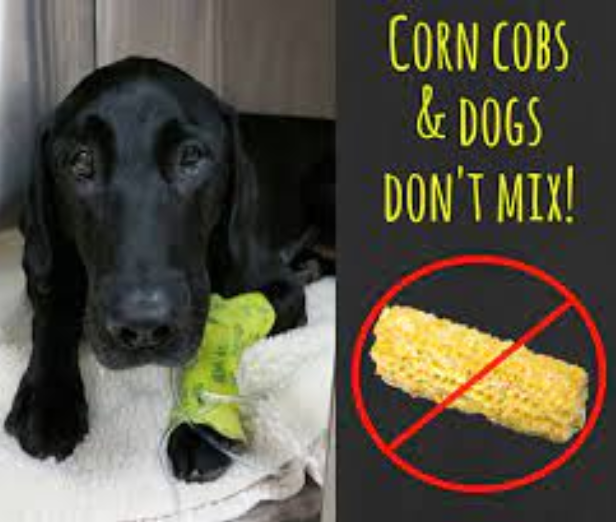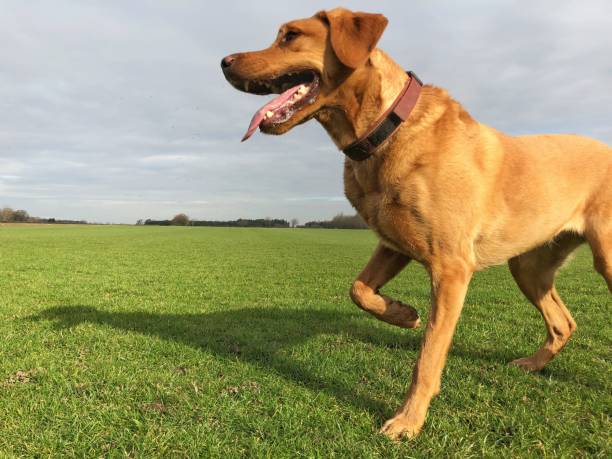Willow, an 8-yr. old Yorkshire Terrier, was bouncing around her home after an outing to the dog park on Wednesday 3/12/2025, when her condition suddenly changed. Willow’s owners saw her stumbling, beginning to appear weak, and struggling to breathe. Willow’s owners quickly wrapped her in a blanket, ran to the car, and sped to CVSG.
When Willow arrived at the hospital it was apparent her condition was deteriorating. The customer service representative who met Willow’s owners called for an immediate consult by an ER team member. The triage technician recognized Willow’s rapid breathing and pale gums as signs of serious distress. Dr. Stuhlmann immediately ordered an IV catheter to begin giving Willow fluids, lab tests to determine blood values, and did a brief ultrasound of the abdomen. The ultrasound showed Willow’s abdominal cavity was full of fluid and a large mass was present on her spleen.
As Willow lay panting on her side, eyes half-closed, Dr. Stuhlmann consulted with her owners and put together a plan. She began a blood transfusion and called in one of CVSG’s doctors, Carolina Orellana-Rosell, to perform emergency surgery to remove the bleeding mass.
Dr. Orellana-Rosell and Karen, one of our seasoned surgery technicians, quickly prepared Willow for surgery and operated to remove the mass and spleen. Within a couple of hours following surgery, Willow was on her feet and walking around sporting a telemetry vest (a non-invasive way to monitor heart rate).
Quick action on the part of Willow’s owners and the ER team, combined with fast and skillful work by the surgery team, brought Willow from the brink of disaster to having a new “leash” on life.




